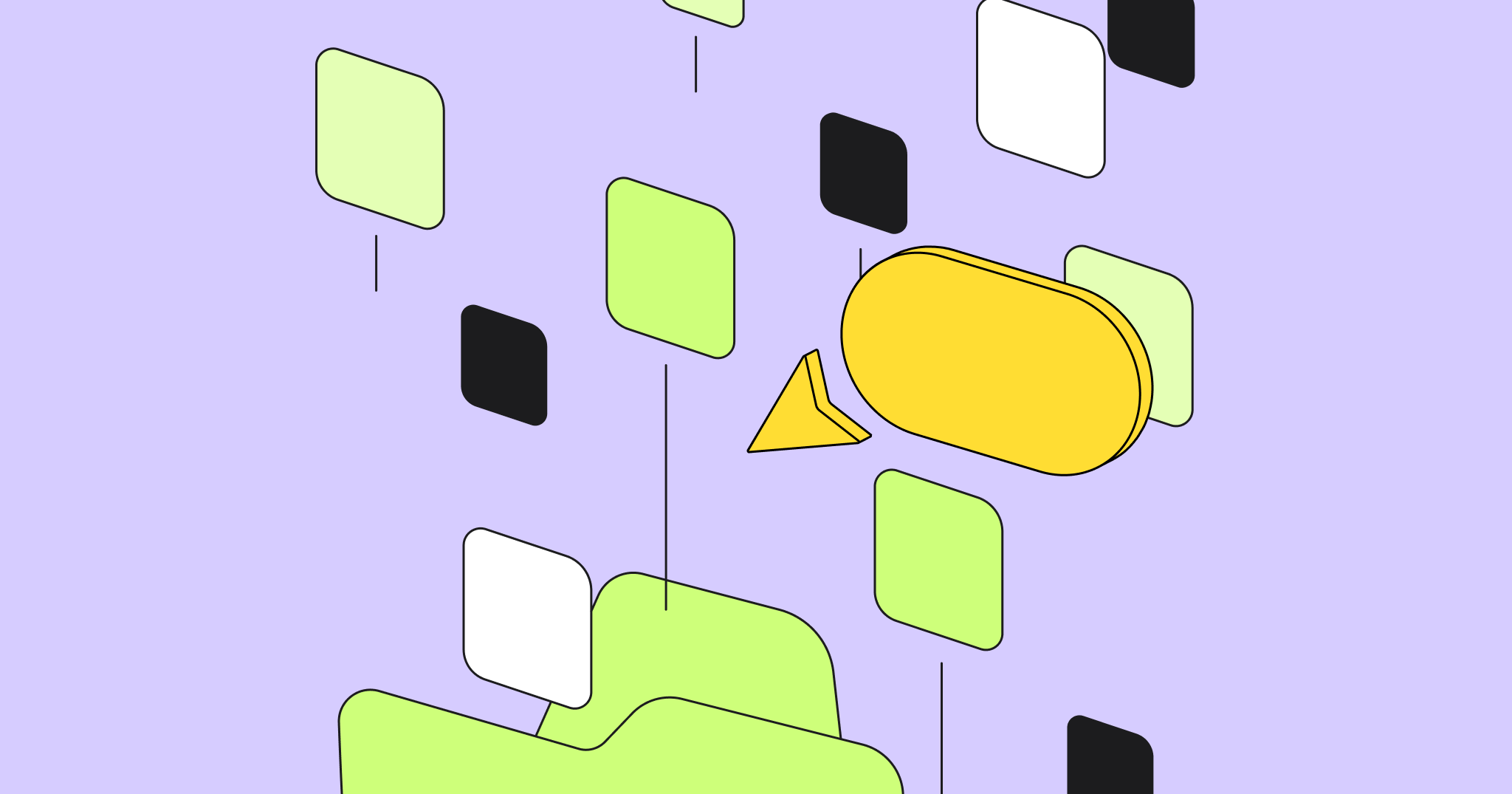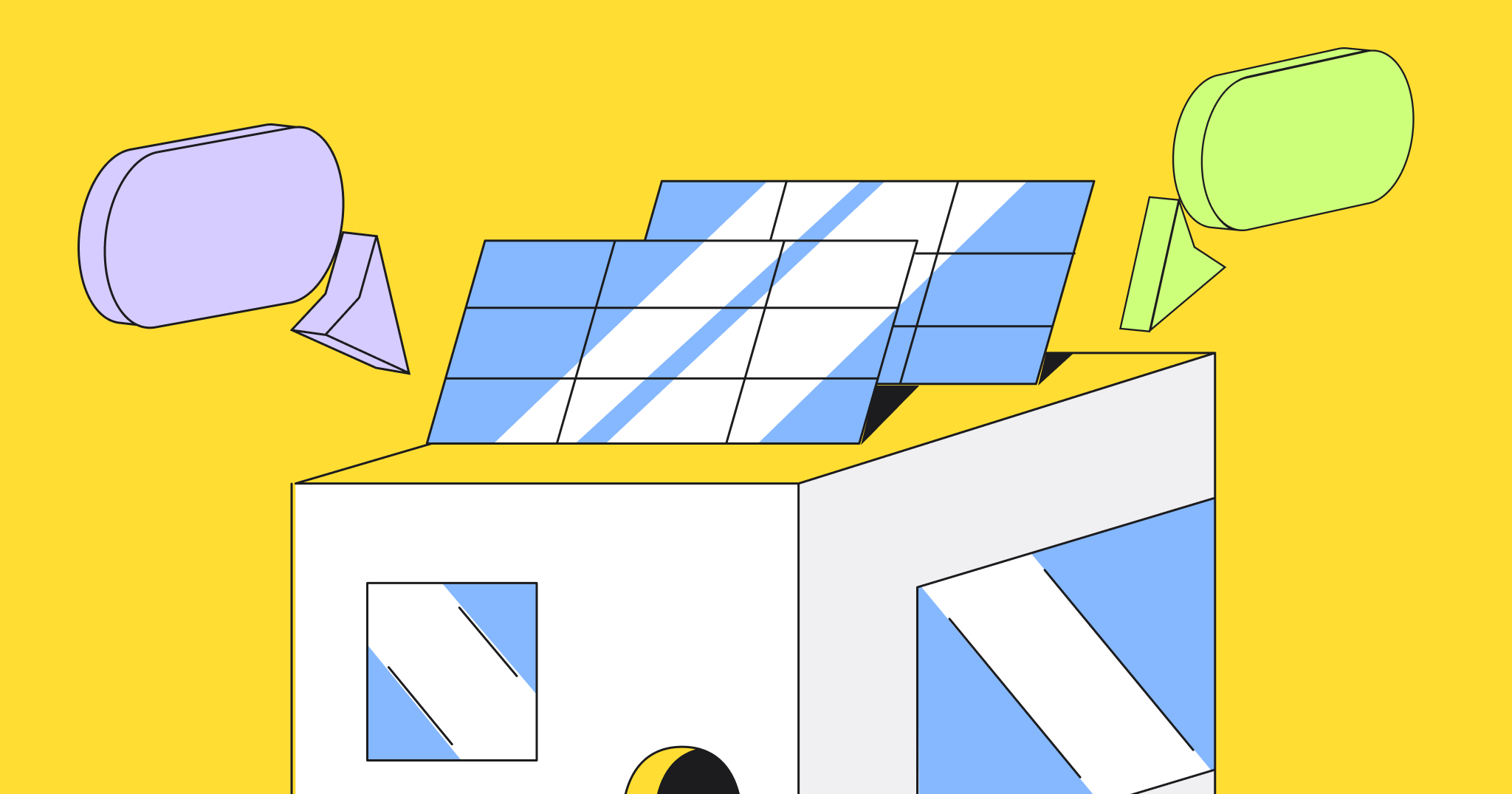Leading tech companies are often the first to test out innovative methods of work, so it’s no surprise that they’re also beginning to hire remote workers and organize distributed teams. This approach allows them to attract the best talent while reducing costs. We talked to Veevi Rosenstein, an experienced UX leader, and asked her about the best practices for remote teams and collaboration used at Zendesk.
Building and collaborating with remote teams
The Zendesk UX research team helps product teams make better decisions by discovering and sharing user insights that guide product design and strategy. We take on some of the key tasks related to understanding user needs, in order to let designers and PMs focus on their primary work, and are responsible for sharing information about our users so we can all advocate for their needs more effectively as a design team.
Besides me, we currently have one researcher in San Francisco, one in Singapore, and we’re planning to hire in both Dublin and Melbourne. The product teams we work with are located globally. The big ones are in Melbourne, Singapore, Dublin, Copenhagen, and San Francisco.
It’s challenging because of the time zones, and because of our organizational structure, we have design managers who support people across geographical regions.
Profile
Veevi
Rosenstein
is the head of global UX research at Zendesk. She helps startups, design agencies, and Fortune 500 companies build research programs that allow them to use customer insights to inform their product strategy, reduce risk, and increase customer satisfaction. Follow Veevi on LinkedIn and Twitter.
Managing a remote UX team at Zendesk

There are regular meetings for specific teams, one-on-one meetings with direct reports, and a few different Slack channels that we use. For research, we’ve created a couple of different ways to get in touch with us. One is a Slack channel called #ask-insightsguild, which is followed by everyone in the organization responsible for product research, including strategy and marketing and analytics. There is also a request form pinned to some of these channels. If people in the product team have a request for the research team or want to consult on how best to answer their research questions, they can contact us through that form. Currently, the form is swarmed by all the researchers so we can recommend the best solution for a particular question given the business context and constraints. For the product managers, that means they have one place to ask their questions. They don’t have to worry about which team to talk to or what method to use.
Accommodating different time zones and schedules
Running distributed teams successfully is a matter of being accommodating and scheduling meetings thoughtfully, sometimes recording meetings so that people can catch up later. Some people come in early or work late, shifting their schedule around to enable real-time communication when it’s important. For example, my Singapore report and I have a weekly meeting, and it’s late in the evening for me. When I’m meeting with the Dublin team, it might be early in my morning, so I do that at home. Having some flexibility in your schedule to accommodate your coworkers is critical to making it work.
Onboarding new design team members
We’re going to quadruple the size of the design team this year, so we’re trying to re-tool our onboarding process overall. Previously, we would have one researcher onboard every designer in a one-on-one conversation, and that’s just not scalable. We’re trying a bunch of different things. We’re recording some training and trying to group onboarding instead of doing it one-on-one. We’re creating a research playbook depository to enable people to do their own work with only a light touch from the research team, as opposed to the research team owning every study. This also relates to one of the biggest challenges of my role: scaling and training people to be empowered to do their own work.
Recurring rituals in the Zendesk remote UX team:
One-on-one meetings
Weekly regional standup meetings with slides showing individuals’ progress for the week across the entire team
Weekly progress, plans, problem memos (UX research team only) via Google Docs
Regional design critique sessions
Regular town hall meetings for design (quarterly)
Annual global summit conferences for the entire design team
How Zendesk research
team is working remotely
“Create one place where product managers can ask their researchers questions. Don’t make them worry about who to talk to, what method to use, or who’s responsible for that type of research.”
“Running distributed teams successfully is sometimes a matter of being accommodating when scheduling meetings, sometimes recording meetings so that people can catch up later.”
“Putting up frameworks online for workshops when you’re not in the same place is a great way of getting everyone’s attention on a shared workspace.”
Using Miro
in a distributed UX team

I’m a huge fan of Miro because it’s been enormously helpful for analyzing qualitative data with distributed teams. We’ve made extensive use of it for affinity diagramming and built it into our workflow for managing interview data and other qualitative data. When a team does a readout session or is coding insights from an interview, they do that in a Google sheet. Then those atomic insights get migrated into Miro with a copy and paste into Post-it notes. Those Post-it notes are then used to create affinity diagrams, and the categorization gets posted back into the Google worksheet. We end up with a spreadsheet that can filter the data in any number of ways, and we use that to roll up the insights and look for patterns or test hypotheses.
We’re also finding Miro very helpful for visualizations such as journey maps or workflows.
Because the team is distributed, everyone can work in their own time zone and share notes about what they’ve done.
Miro UX research use cases at Zendesk:
Data analysis, affinity diagramming
Retrospectives
Gantt charts
Journey maps
Workflow diagrams

Another thing about using Miro that’s been really helpful is the ability to search and select items and then apply a style, icon, or emoji to it. That helps with the visual analysis when you’re creating categories. We might search for key words or instances when someone expressed frustration. Once those are selected, we can add a visual element to represent that particular concept. It speeds up the time for analysis tremendously. It’s been very valuable.

I’ve used Miro a lot for retrospectives. Putting up frameworks for information gathering at workshops when you’re not in the same place is a great way of getting everyone’s attention on a shared workspace. Sometimes it’s a matter of brainstorming or sorting out information, but there are probably hundreds of use cases.
Because we’ve got multiple people working on problems in different offices, it’s a really useful way of doing things for which you might have needed a physical whiteboard or data wall in the past. If you are doing an analysis in Miro, you can always print out the plot and put it up in a room. You can get the best of both worlds.




